April 18, 2025 | 07:22 GMT +7
April 18, 2025 | 07:22 GMT +7
Hotline: 0913.378.918
April 18, 2025 | 07:22 GMT +7
Hotline: 0913.378.918
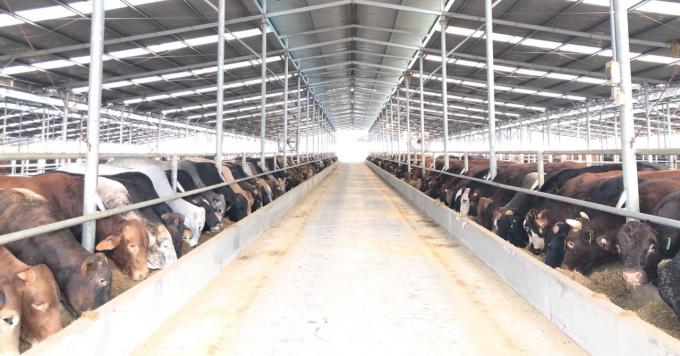
Beef cattle farm of Dien Hong Joint Stock Company (Kbang district, Gia Lai province). Photo: Dang Lam.
Gia Lai is a province with many favorable conditions for livestock development such as land, grassland, climate, labor force, etc., so the locality owns the top livestock and poultry herds in the country.
According to Gia Lai Sub-Department of Husbandry and Anima Health (SDHAH), the whole province currently has 14,611 buffaloes, 412,000 cows, and over 3.7 million poultry. Its herds of other livestock species include 113,000 goats, 750 bird nests, and 800 honey bees… Some 3,977 and 79,907 farmer households in Gia Lai are raising buffaloes and cows while other 37,276 and 163,536 are growing pigs and poultry, respectively.
Mr. Duong Ngoc Thanh, Head of the Gia Lai SDHAH, said currently, the province's buffalo and cow herds rank second in the country while pig and poultry herds rank second in the Central Highlands provinces, only after Dak Lak.
The livestock industry of Gia Lai is developing very vibrantly. As of March 8, 2022, Gia Lai province has 178 livestock projects attracting attention from investors with a total area of over 5,250ha and total investment capital of VND23,984 billion. These are large-scale projects on 44,569 cows (including 10,000 dairy cows), 3,821,095 pigs, 40,000 hens and 19,200 ducks of laying eggs...
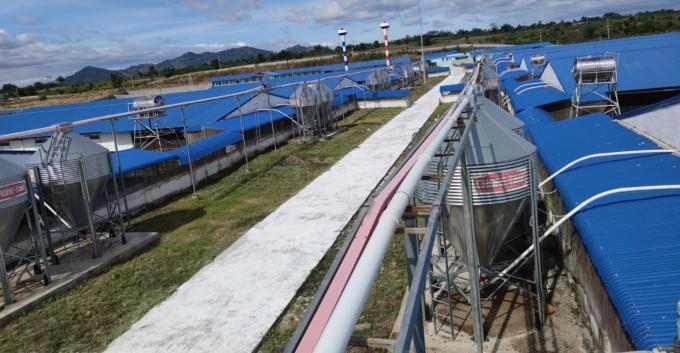
A pig farm of Bach Moc Phat Company (Chu Pah district, Gia Lai province) is built under a very proper and scientific form. Photo: Dang Lam.
With such large herds of livestock and poultry, Gia Lai province’s livestock is identified as one of the key industries for developing the local economy, promoting the household economy, and alleviate local poverty, especially in ethnic minorities and remote areas.
However, it must concern that Gia Lai's livestock industry in the coming time is forecast to face many difficulties due to the impacts of climate change, prolonged rain, flood, and hot weather, following with which is the risk of hard-to-control epidemic outbreaks.
In particular, the Covid-19 pandemic is still complicated and unpredictable, adversely affecting the implementation of livestock projects, disrupting trade, export, and consumption... Therefore, the application of high-tech measures into livestock production is one of the major and prior tasks of the livestock industry in this province. It is imperative to ensure livestock production following the direction of biosecurity.
Mr. Duong Ngoc Thanh, Director of Gia Lai SDHAH, said: “Currently, the province's livestock industry is gradually shifting towards a concentration with investments in the application of science and technology, production linkage and chains.”
The livestock production chain has the advantage of being proactive in selecting seed, feed, and technology associated with the consumer market... all of which are closely connected together. Meanwhile, livestock production linkage can connect farmers who have lands, farms, and labor forces, with businesses who will invest in seed, feed, and technology for them, then profits are divided according to their agreements.
Breeding according to these two directions has the advantage of being able to control the breeds brought from the disease-free suppliers and raised in a closed campus under strict control ensuring biosecurity. Accordingly, the diseases and epidemics are well controlled.
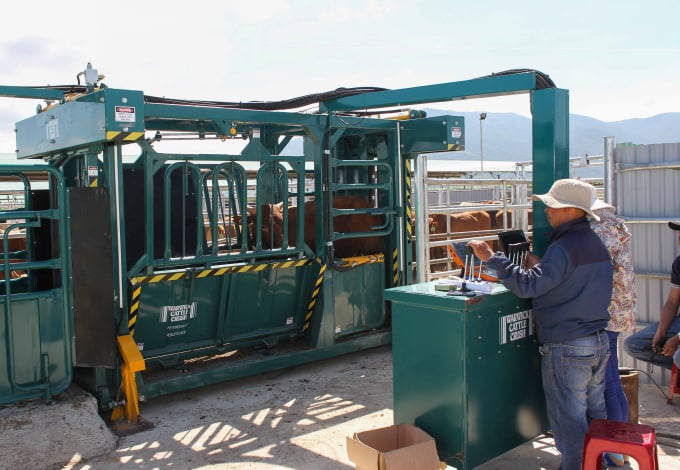
High-tech cows raising in Hoang Anh Gia Lai. Photo: Dang Lam.
Statistics show that, currently, the province has 142 livestock farms associated with outsourcing companies in the form of the value chain and linkages such as the CP Vietnam Livestock Joint Stock Company with 102 farms of different herds, the Japfa Comfeed Vietnam Co., Ltd with 26 chicken farms and CJ Vina Agri Co., Ltd. with 9 pig farms. Besides, it has 9 affiliated cooperatives with households following a production chain and linkage.
Also according to Mr. Thanh, the province's livestock industry actually is still not possible to completely follow the concentrated livestock production of chains and linkage, but have to maintain small household production.
To ensure the safety of livestock farming households, the Gia Lai has strengthened propaganda so that they can proactively approach sources of clean breeds, control output, input, strictly implement sterilization and disinfection measures and get vaccinations for their livestock herds.
Along with that, the Sub-Department has also directed the leading Animal Quarantine Stations to strengthen the inspection and control of the transport of livestock and animal products in and out of the province, and strictly handle violations. Activities in the management of slaughtering and veterinary hygiene are also strengthened to prevent pathogens from spreading and causing diseases in the areas.
Up to now, products of 4 and 1 production facilities in Gia Lai province have been certified to meet VietGAP and GlobalGAP standards, respectively. Thirteen products of enterprises, cooperatives, production facilities, and business households have been granted with OCOP certification in the field of livestock from 1 to 4 stars, including those of cows, pigs, honey, and bird's nest.
Translated by Linh Nguyen
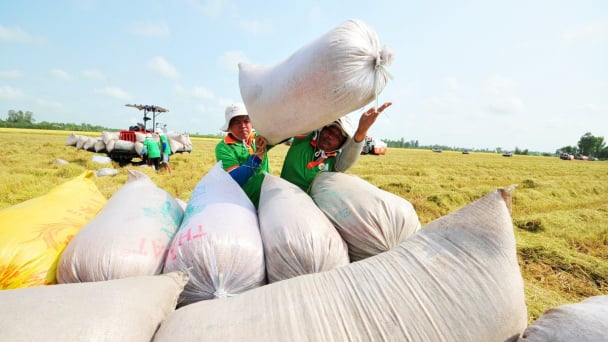
(VAN) The rice industry in the Mekong Delta is undergoing a major transformation, shifting toward sustainable, high-quality, and low-emission exports to meet the green and clean standards increasingly demanded by international markets.
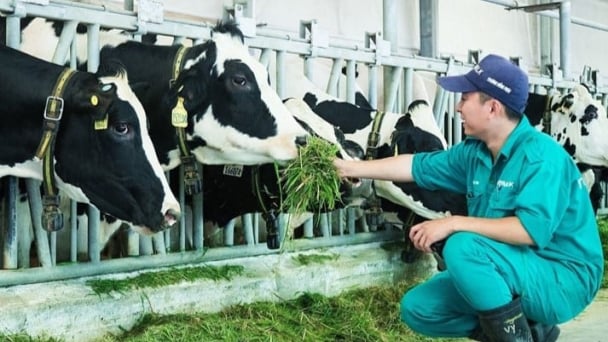
(VAN) According to Tong Xuan Chinh, Deputy Director of the Department of Livestock Production and Animal Health, Vietnam’s dairy cattle industry must overcome seven major challenges to achieve sustainable development.
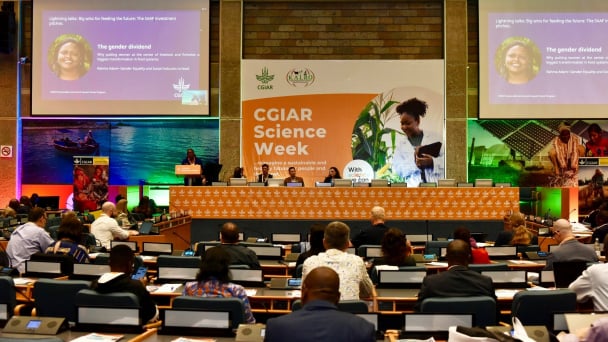
(VAN) The CGIAR’s Sustainable Animal and Aquatic Foods (SAAF) program represents a new approach that emphasizes the transformation of food systems toward sustainability.
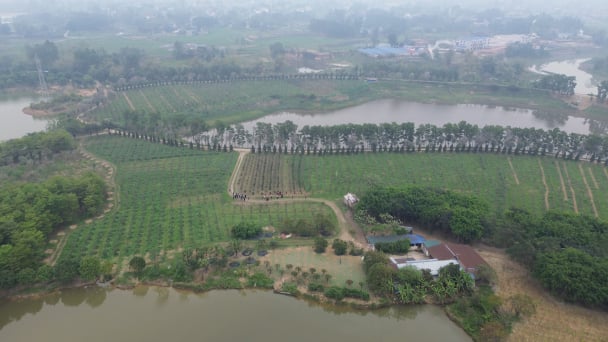
(VAN) Scientists assume that industrial agriculture has been 'outdated.' As a result, a comprehensive overhaul or a revolution in the direction of embracing ecological agriculture is needed.
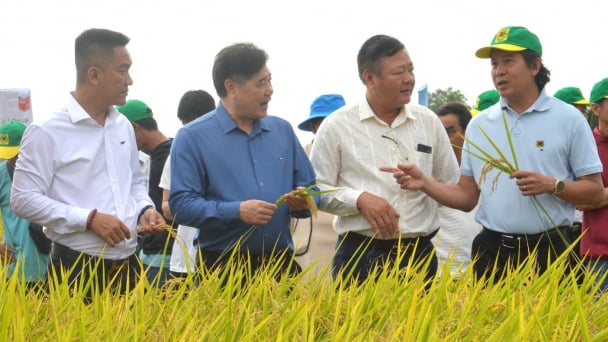
(VAN) The results from pilot fields are catalyzing the expansion of the One million hectares of high-quality, low-emission rice project in Kien Giang.
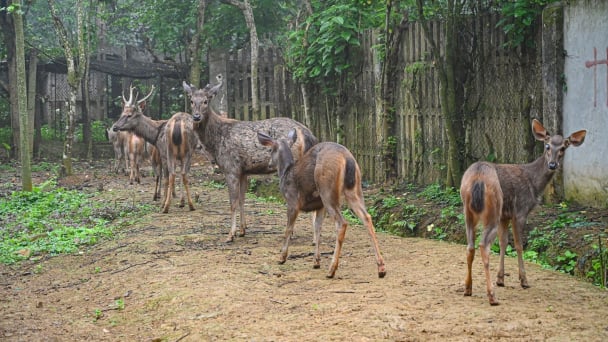
(VAN) On the morning of April 11, Cuc Phuong National Park received 18 individuals of endangered and rare wild animals from Da Nang city.

(VAN) FAO supports Vietnam in enhancing survey sampling techniques for the 2025 nationwide agricultural and rural census.